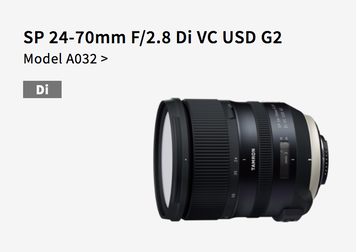 Click the image to learn more about this great lens! Click the image to learn more about this great lens! Intro by Chamira Young With the New Year comes the excitement of new possibilities for your development as a photographer and artist. Given the challenges of the past year, it's more important than ever you roll up your sleeves and explore the many ways you can grow your creativity. Part of that process is drawing inspiration from the work of your fellow photographers and even exploring styles you may have never tried before! That brings us to today's post. We're excited to present the work of photographer Russell Hart as he uses three of Tamron's great lenses to capture the world around him and play with the tonal scale of infrared photography. He has years of experience, and as you'll see below, his work is dramatic and eye-catching. Check out the article below. Also, click on any of the images of the lenses to learn more about the amazing glass he used! We love the dedication of the Tamron team as we all move into this New Year together! The Infrared Explorer Russell Hart explores the world from a different perspective with his Tamron SP 24-70mm VC G2, SP 70-200mm VC G2, and SP 150-600mm VC G2 lenses. By Jenn Gidman Images by Russell Hart Since the 1970s, Russell Hart has been fascinated with infrared photography, in which the film or camera’s image sensor records wavelengths invisible to the eye. It has often been used, especially for black-and-white pictorial purposes, to dramatize or even invert the tonality of a scene—making foliage very light, for example, and with filtration turning blue sky dark so that clouds “pop.” “Infrared has always had its own vocabulary,” says Russell, who switched from film to digital infrared 15 years ago. “But digital capture has added a lot more flexibility to IR photography in terms of what you can do with the tone scale. My film infrared photographs were often very dramatic, with black skies and glowing white objects, but with digital I often find myself opting for more of a middle scale. And because the RAW files are in color, I do some color work now, which I never did with film because its effects were too crazy.” For years Russell used a digital DSLR that was converted to capture infrared, but he’s since switched to IR-converted mirrorless cameras, using an adapter for his Tamron SP 24-70mm VC G2, SP 70-200mm VC G2, and SP 150-600mm VC G2 lenses. He had already found the focal length range of the first two lenses ideal for his type of photography, and once he added the 150-600 into his arsenal, it only enhanced his creative capabilities. “I’m typically not a big user of telephoto lenses, but this lens lets me zoom in and out to fine-tune composition, rather than picking up and moving back and forth all the time the way you have to with fixed focal lengths. That was really valuable when I was shooting surfers off of Long Island” he says. “Plus, all three of these lenses have Tamron’s Vibration Compensation (VC) feature, which is important in preserving sharpness since I shoot handheld [actually I always use the 150-600mm on a tripod—it’s too big to handhold, IMHO]. Plus they don’t create infrared hot spots in the middle of images the way many lenses do. My images with the Tamron trio always come out nice and clean.” Read on for the backstory on some of Russell’s infrared images with this Tamron trifecta. There was a big storm off of Lido Beach on Long Island, and I figured the surfers would be taking advantage of the waves, so I headed down there with my camera and the big lens. I wasn’t really interested in surfing action, where I was trying to achieve tight shots of the surfers only. Instead, the tanker in the background here caught my eye in relation to the foreground and the surfer—the “figure in the landscape” idea that’s in a lot of my pictures, only in a marine setting. The 150-600 was essential in this situation. The surfers were constantly on the move, so I was able to zoom in and out to always get the framing I wanted. This was taken at a defunct racetrack just outside of Hillsborough, North Carolina, called the North Wilkesboro Speedway. It’s a short track that held races in NASCAR’s top three series, until it closed in 1996. I visited there and ended up following this dog around. I tend to follow dogs around, because I love taking pictures of them. It’s funny, because she looks really happy in this photo, but in other pictures I took of her she looks absolutely crestfallen. She struck the perfect pose for me.
0 Comments
Your comment will be posted after it is approved.
Leave a Reply. |
Our Partners"Why?"Check out "Why?" one of the most popular features on the SCU Blog. It's a very simple concept - one image, one artist and one short sound bite. Each artist shares what makes the image one of their most favorite. We're over 100 artists featured since the project started. Click on the link above and you can scroll through all of the episodes to date.
Categories
All
|
© 2019 Skip Cohen University

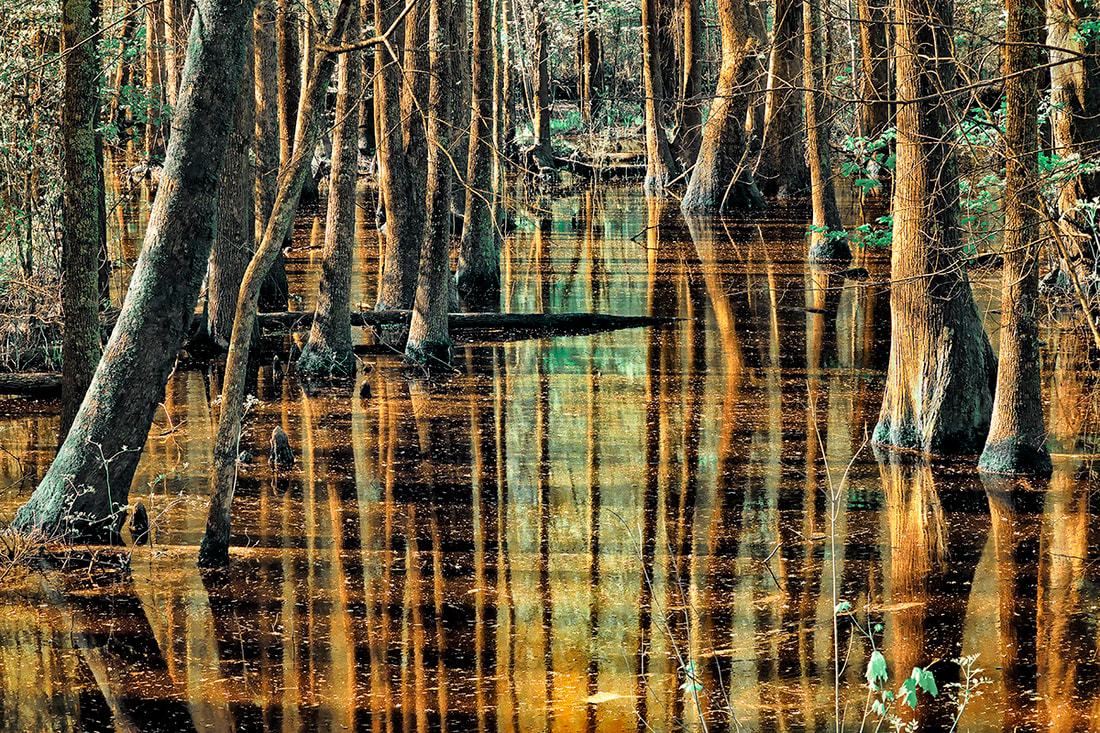
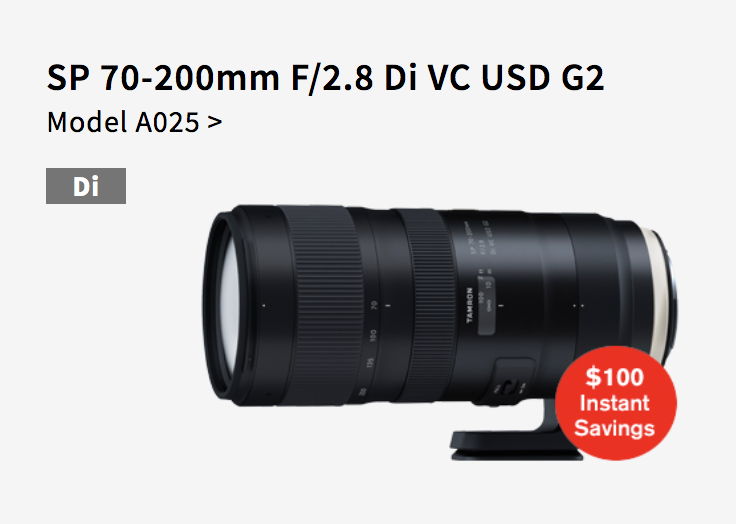
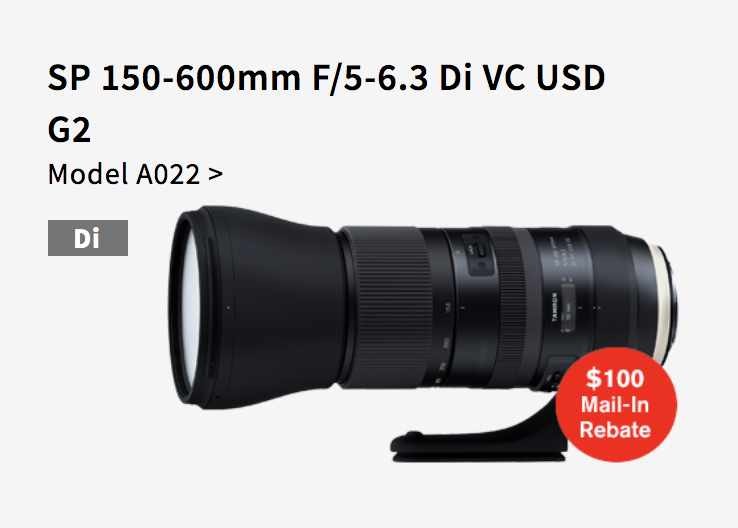
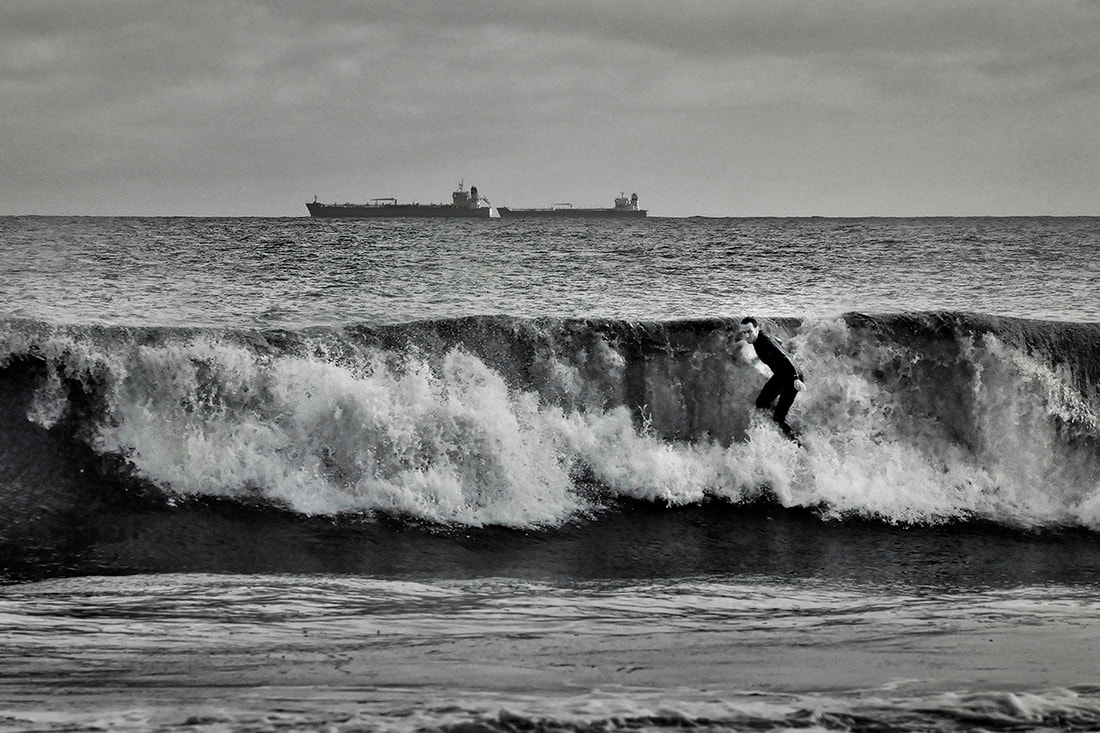
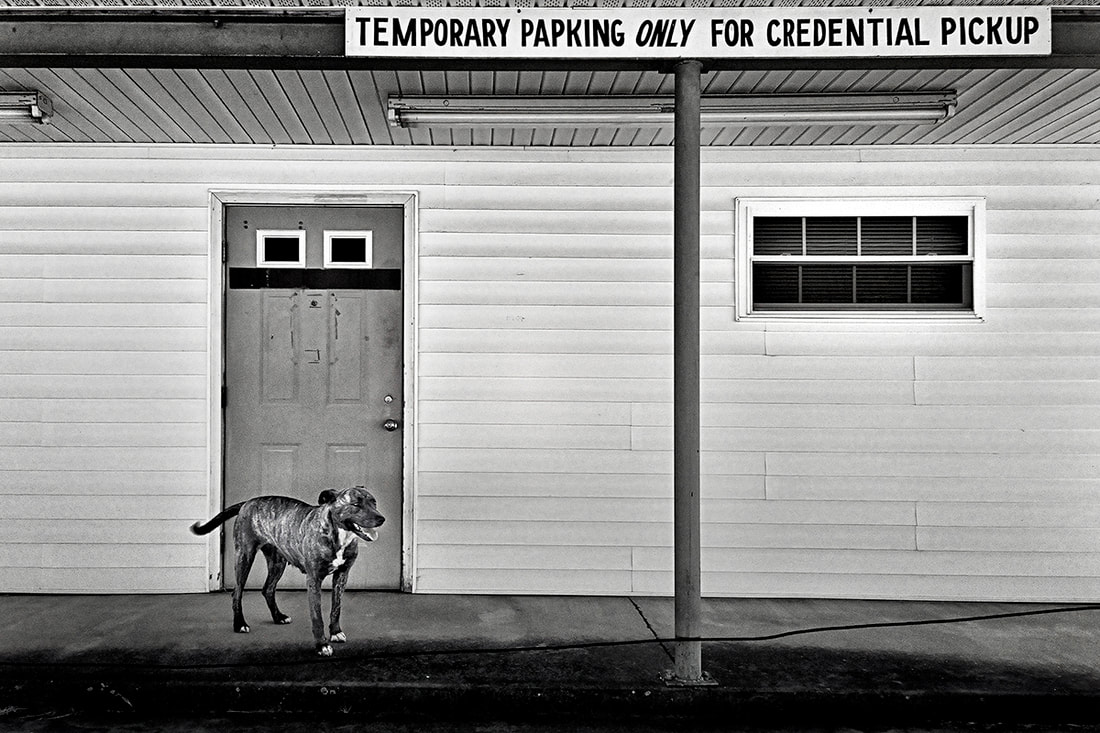
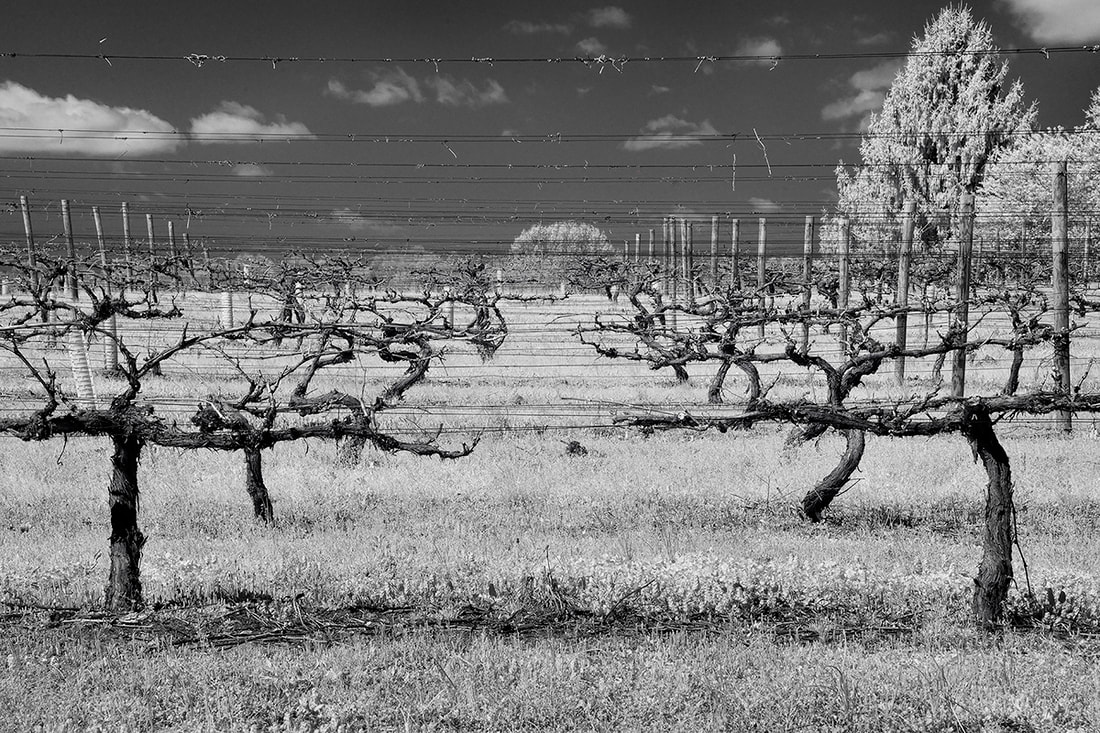
 RSS Feed
RSS Feed












